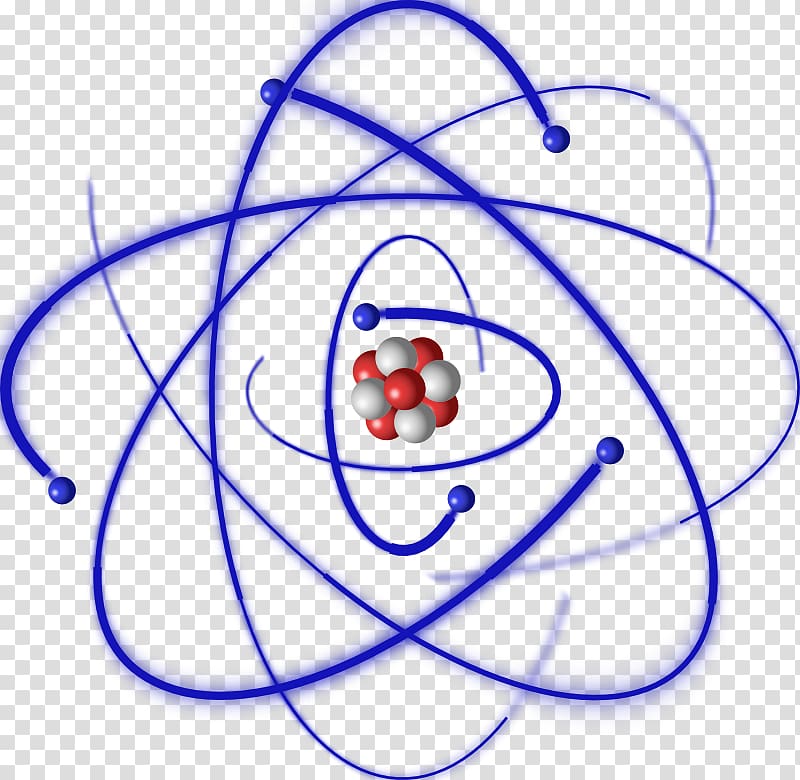

The radius of the helium nucleus is an important touchstone for nuclear physics.” Journal Reference: Julian Krauth, first author of the study, said, “Our measurement can be used in different ways. Randolf Pohl’s group did the fundamental information examination at the Johannes Gutenberg University in Mainz. Thus, utilizing the theoretical equation, the radius can be resolved from the measured resonance. With its assistance, at that point, the contrast between the two energetic conditions of the muon in the atom can be determined.Īs per the hypothesis, the measured energy contrast relies upon how large the atomic nucleus is. Latimer.A 3-Mg californium target, consisting of a mixture of isotopes of mass number 249, 250, 251, and 252, was bombarded with either lOB or IIB. Physicists at that point talk about the so-called resonance frequency. Lawrence, inventor of the cyclotron) This member of the 5f transition elements (actinide series) was discovered in March 1961 by A. Detectors register these X-ray signals.”ĭuring the experiment, the laser frequency is changed until a large number of X-ray signals arrive. When it falls from this to the ground state, it emits X-rays. If the laser light has the right frequency, it excites the muon and advances it to a higher energy state, in which its path is practically always outside the nucleus. The complicated system shoots a laser pulse at the helium gas. Randolf Pohl said, “Now the second important component for the experiment comes into play: the laser system. In right conditions, muonic helium is created, where the moon is in an energy state in which it often stays in the atomic nucleus. The PSI system delivers more low-energy muons than all other comparable systems worldwide.įranz Kottmann, who for 40 years has been pressing ahead with the necessary preliminary studies and technical developments for this experiment, said, “That is why the experiment with muonic helium can only be carried out here.” On the other hand, fast muons fly right through the apparatus. With the aim of a quantitative check of the Landau-Pomeranuk picture of the movement of foreign atoms in liquid helium II, an experiment has been performed in which some elementary charged particles could be dragged perpendicular to their motion in an electric field by a stream of excitations in non-turbulent flow. Using this way, scientists can create exotic atoms in which a muon throws an electron out of its orbit and replaces it. A helium nucleus (charge +2q and mass 4m) and a lithium nucleus (charge +3q and mass 7m) are accelerated through the same electric potential difference, V 0. The particles with low energy are slow and can be stopped in the apparatus for experiments. Muan particles can be generated using a particle accelerator. So with muonic helium, we can conclude the structure of the atomic nucleus and measure its properties.” Compared to electrons, a muon is much more likely to stay in the nucleus itself. A muon is much more strongly bound to the atomic nucleus than an electron and encircles it in much narrower orbits. The other surface state is an electron bubble held below the interface with an applied. “The moon is considered to be the electron’s heavier brother it resembles it, but it’s around 200 times heavier. time on the surface are discussed and compared with predictions.


 0 kommentar(er)
0 kommentar(er)
